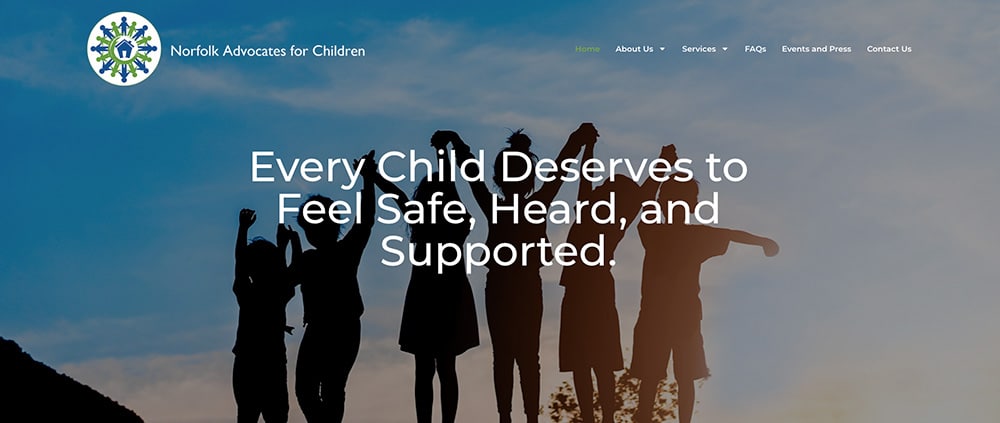 In the early days of the internet, a website was often little more than a digital business card — a simple page with a logo, phone number, and maybe an “About Us” section. Those days are long gone.
In the early days of the internet, a website was often little more than a digital business card — a simple page with a logo, phone number, and maybe an “About Us” section. Those days are long gone.
Today, your website is the first impression most people have of your business. It’s the 24/7 salesperson, the credibility check, the place where leads become customers, and loyal customers come back for more. If you’re still thinking of your site as just a static placeholder, you’re missing out on major opportunities.
Visitors form an opinion within seconds. Outdated designs, broken links, and slow load times erode trust fast. A modern, responsive design signals professionalism, attention to detail, and credibility.
Whether you’re a law firm, restaurant, or national retailer, your website should actively generate business. Clear calls to action, simple navigation, and mobile-first layouts help convert visitors into paying customers.
Every social post, ad campaign, and email ultimately points back to your website. If that destination disappoints — poor design, slow speed, or thin content — your marketing dollars underperform.
Unlike a printed card, a website is a living tool. New products, services, and customer stories should be reflected online. With ongoing updates and management, your site keeps pace with your growth.
Security breaches and downtime don’t just hurt revenue — they damage your brand. Regular updates, SSL, backups, and reliable hosting help keep your site and reputation safe.
At RooSites, we don’t just design pretty websites — we build and manage powerful business tools. From design and development to ongoing updates and support, we make sure your site works as hard as you do.
If your website feels more like a forgotten business card than a trusted business partner, it’s time to rethink your digital strategy.
Contact RooSites today to transform your website into a true growth engine.
We’re proud to announce the launch of a brand-new website for Norfolk Advocates for Children (NAC) — the official Children’s Advocacy Center (CAC) serving Norfolk County, Massachusetts. Working at the intersection of compassion and justice, NAC provides a multi-disciplinary, child-centered response to victims of abuse and their families.
Founded as part of a national network of over 750 CACs, NAC plays a crucial role in helping children and families navigate some of life’s most difficult challenges. Their team works in collaboration with public and private agencies to deliver immediate, culturally competent support in cases of physical, sexual, and domestic abuse.
Since receiving national accreditation in 2010 by the National Children’s Alliance, NAC has continually met the highest standards of service and care, achieving reaccreditation in both 2015 and 2020, with the next review scheduled for 2025. NAC is also an active member of the Massachusetts Children’s Alliance, which supports CACs across the Commonwealth.
The new website, designed and developed by RooSites, ensures that NAC’s essential information, services, and resources are easily accessible to families, professionals, and community members.
We are honored to support the life-changing mission of Norfolk Advocates for Children through thoughtful web design and development. Please visit the new site and learn more about the incredible work they do:
